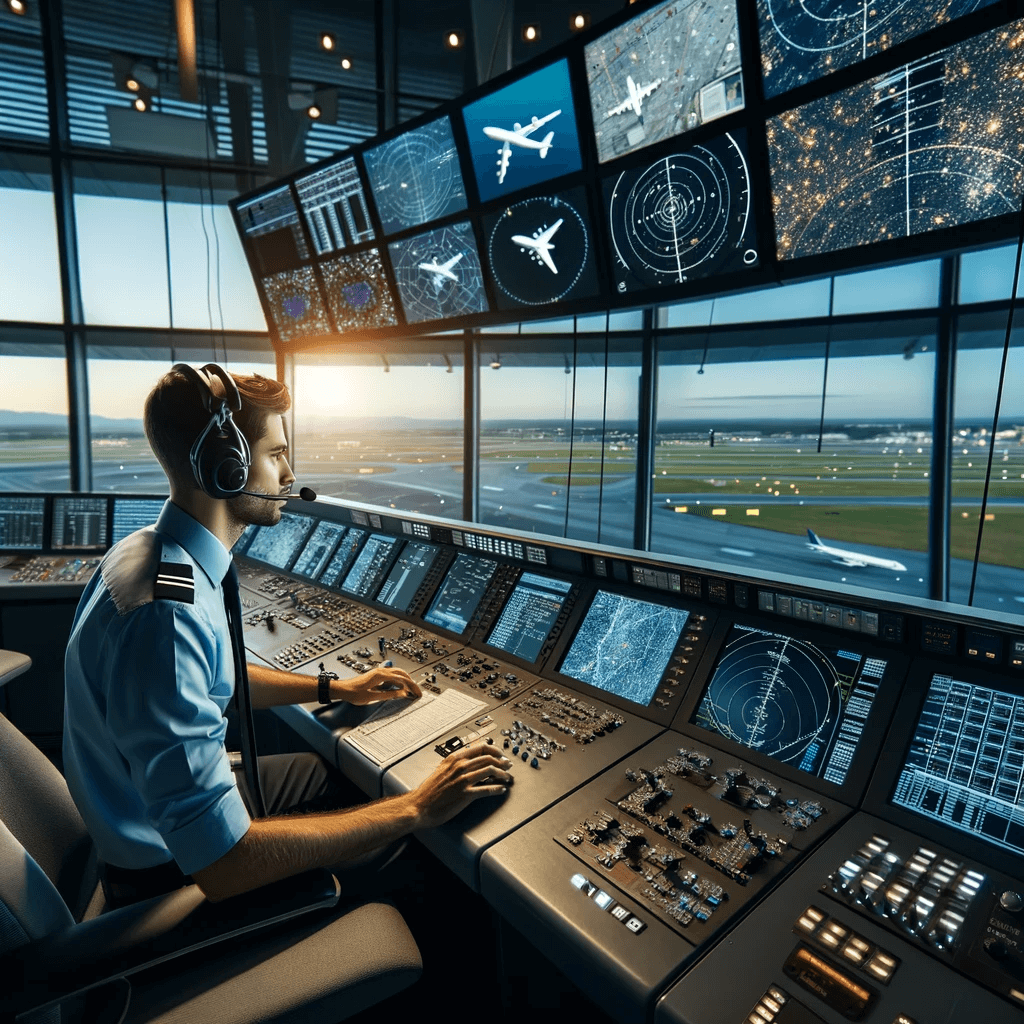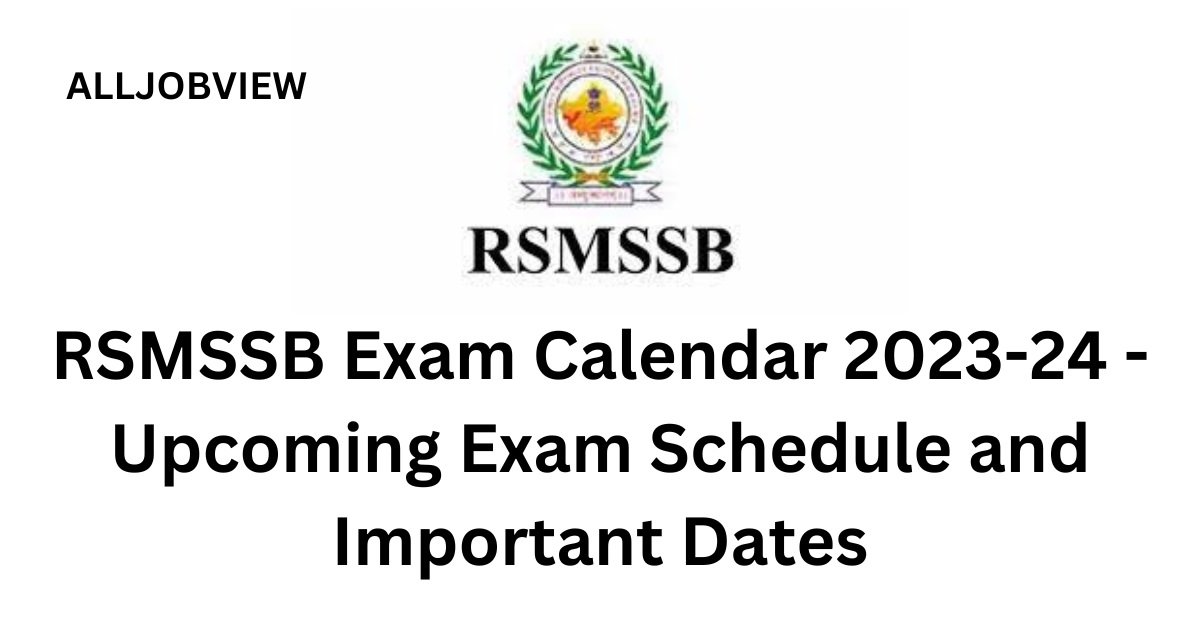I Don’t Know Where You Are: The Urgent Need To Modernize Air Traffic Control

Table of Contents
Outdated Technology Hampering Air Traffic Control
Many current air traffic control systems rely on outdated radar and communication technologies. These legacy systems struggle to keep pace with the demands of modern air travel, hindering efficiency and posing safety risks. The integration of newer technologies with these older systems is often complex and costly, further compounding the problem. This technological gap leads to several critical issues:
- Lack of real-time, comprehensive data sharing: Air traffic controllers often lack a unified, real-time picture of aircraft positions and trajectories, leading to potential conflicts and delays. Information silos between controllers and pilots exacerbate this problem.
- Inefficient communication protocols: Outdated communication systems frequently cause delays and confusion, increasing the workload on air traffic controllers and potentially leading to errors.
- Vulnerability to cyber threats and system failures: Legacy systems are often less secure and more vulnerable to cyberattacks and system failures, posing significant safety risks. A single point of failure can disrupt entire airspaces.
- Difficulty in handling increased air traffic volume: Current systems are struggling to manage the increasing volume of air traffic, resulting in delays and congestion at major airports.
For example, some regions still rely heavily on older radar technologies with limited range and accuracy, while others struggle with incompatible communication systems between different air traffic control centers. The need for a unified, modernized system is clear.
The Need for Increased Efficiency in Air Traffic Management
Air traffic delays translate directly to significant economic losses. Wasted fuel, lost productivity, and passenger frustration all contribute to a substantial economic burden. Modernized ATC can significantly alleviate these problems. By implementing advanced technologies and strategies, we can achieve:
- Data-driven decision-making tools: Real-time data analysis can help air traffic controllers make more informed decisions, optimizing flight routes and reducing delays.
- Improved trajectory prediction and conflict resolution: Advanced algorithms can predict potential conflicts and automatically suggest solutions, reducing the workload on controllers and improving safety.
- Optimized flight routes and reduced fuel consumption: Modernized systems can optimize flight paths, reducing fuel consumption and minimizing environmental impact. This translates to direct cost savings for airlines and reduced carbon emissions.
- Enhanced airspace management techniques: Modern ATC systems can utilize advanced airspace management techniques to increase capacity and reduce congestion.
Studies show that even a small percentage reduction in air traffic delays can translate into billions of dollars in cost savings annually. Modernizing air traffic management is not just about upgrading technology; it’s about improving the overall efficiency and economic viability of the aviation industry.
Enhancing Safety Through Modernized Air Traffic Control Systems
Modernized ATC systems leverage advanced technologies like ADS-B (Automatic Dependent Surveillance-Broadcast) to enhance situational awareness. ADS-B provides real-time aircraft position data, improving the accuracy and reliability of air traffic monitoring. This, along with other next-generation technologies, contributes to:
- Real-time tracking of aircraft positions: Precise and continuous tracking minimizes the risk of mid-air collisions and improves the overall safety of the airspace.
- Improved communication capabilities between aircraft and ground control: Enhanced communication systems allow for faster and more reliable information exchange between pilots and air traffic controllers.
- Enhanced conflict detection and resolution systems: Modern systems can detect potential conflicts more quickly and efficiently, providing controllers with more time to intervene and prevent accidents.
- Reduced reliance on human error: Automation and advanced algorithms can reduce the workload on air traffic controllers, minimizing the potential for human error.
Countries that have already invested in upgrading their air traffic control systems have reported significant reductions in accidents and near-miss incidents, demonstrating the clear safety benefits of modernization.
The Economic Benefits of Investing in Modern Air Traffic Control
The return on investment (ROI) from modernizing air traffic control is substantial. The improved efficiency, reduced delays, and enhanced safety lead to significant economic growth in the aviation sector and related industries:
- Increased airport capacity and efficiency: Modernized systems can handle more aircraft movements, increasing airport capacity and reducing congestion.
- Growth in air travel and tourism: Improved efficiency and safety attract more passengers, boosting the tourism industry and the overall economy.
- Job creation in the aviation and technology sectors: Modernization creates new jobs in the aviation industry and the technology sector involved in developing and maintaining the new systems.
- Reduced environmental impact through optimized flight paths and fuel efficiency: Modernized systems contribute to a greener aviation sector through reduced fuel consumption and emissions.
Cost-benefit analyses of modernization projects consistently demonstrate that the long-term economic benefits far outweigh the initial investment, making it a financially sound decision.
Conclusion: The Urgent Need for Modern Air Traffic Control
Outdated technology is hindering the efficiency and safety of our air traffic control systems. Modernization offers significant improvements in all aspects, from enhanced safety and increased efficiency to substantial economic benefits. The economic advantages far outweigh the initial investment required for upgrading air traffic control systems. The urgent need to modernize air traffic control cannot be overstated. We must act decisively to ensure the safe and efficient operation of our skies for years to come. Learn more about specific modernization initiatives in your region, support policies that promote investment in next-gen ATC, and contact your representatives to advocate for change in air traffic management modernization. The future of safe and efficient air travel depends on it.

Featured Posts
-
 Learning From History Why The Warriors Shouldnt Panic After A Blowout
May 07, 2025
Learning From History Why The Warriors Shouldnt Panic After A Blowout
May 07, 2025 -
 Conclave Explained A Step By Step Guide To The Papal Election
May 07, 2025
Conclave Explained A Step By Step Guide To The Papal Election
May 07, 2025 -
 El Torneo De Simone Biles El Exito De Las Gimnastas Laguneras
May 07, 2025
El Torneo De Simone Biles El Exito De Las Gimnastas Laguneras
May 07, 2025 -
 El Salto De Biles Repetido La Emotiva Reaccion De La Campeona
May 07, 2025
El Salto De Biles Repetido La Emotiva Reaccion De La Campeona
May 07, 2025 -
 March 27th Cavaliers Spurs Game Key Injuries To Watch Fox Sports 980 Wone
May 07, 2025
March 27th Cavaliers Spurs Game Key Injuries To Watch Fox Sports 980 Wone
May 07, 2025
Latest Posts
-
 Cleveland Cavaliers Vs San Antonio Spurs Injury Report March 27
May 07, 2025
Cleveland Cavaliers Vs San Antonio Spurs Injury Report March 27
May 07, 2025 -
 March 27th Cavaliers Spurs Game Key Injuries To Watch Fox Sports 980 Wone
May 07, 2025
March 27th Cavaliers Spurs Game Key Injuries To Watch Fox Sports 980 Wone
May 07, 2025 -
 Cavs Vs Spurs Injury News And Game Preview March 27th
May 07, 2025
Cavs Vs Spurs Injury News And Game Preview March 27th
May 07, 2025 -
 2025 26 Rsmssb Exam Dates Official Notification And Schedule
May 07, 2025
2025 26 Rsmssb Exam Dates Official Notification And Schedule
May 07, 2025 -
 2 0 2 0
May 07, 2025
2 0 2 0
May 07, 2025
